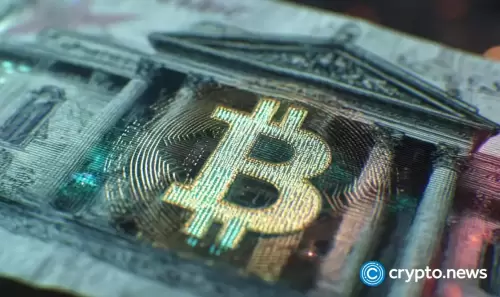 |
|
 |
|
 |
|
 |
|
 |
|
 |
|
 |
|
 |
|
 |
|
 |
|
 |
|
 |
|
 |
|
 |
|
 |
|
Nachrichtenartikel zu Kryptowährungen
Bitcoin Solaris (BTC-S) Pioneers a Dual-Layer Blockchain Combining Ethereum and XRP
May 05, 2025 at 06:49 pm

Bitcoin Solaris is aiming to bring together the strengths of both Ethereum and XRP in a new blockchain network. It’s a bold goal, and one that has certainly attracted attention.
At the heart of this shift is the Helios Consensus Mechanism (HCM), a multi-layered mining framework that combines Proof of Stake, Proof of History, Proof of Time, and Proof of Capacity. Designed to work across both lightweight and high-performance devices, HCM powers the dual-layer blockchain of Bitcoin Solaris — unlocking real decentralization, fast throughput, and broad user participation in a way neither XRP nor Ethereum ever managed.
A Dual-Layer Blockchain Built for Scale
The system runs across two operational layers. The Base Layer processes core transactions and maintains the primary ledger. Above it, the Solaris Layer manages smart contracts, dApps, and staking. Together, these layers split consensus tasks and give users multiple ways to participate. With HCM, mining supports both chains. Miners contribute to base security, smart contract execution, transaction ordering, and data propagation all at once. This dual participation allows Bitcoin Solaris to scale while staying secure.
Where Ethereum phased out mining and XRP restricted validation to a small number of approved nodes, Bitcoin Solaris goes the opposite direction. The network’s architecture enables participation from everyday smartphones all the way up to data centers. Using the Solaris Nova App, mobile users can mine by contributing unused storage and idle CPU cycles. On a phone, this means light plotting — typically between one and five gigabytes — and background validation work that’s optimized for battery preservation.
On desktops, miners gain more flexibility. Users can assign more storage — up to 100 GB for plotting — and process both Base Layer validations and smart contract execution on the Solaris Layer. With enough resources, a personal computer can run as a full node and help secure the blockchain’s full history. At the top end of the spectrum, specialized mining rigs and enterprise nodes can create multi-terabyte plots, run archive services, and act as supernodes that accelerate data across the network.
Energy-Efficient by Design
One of the standout features is the energy profile. Unlike traditional Proof-of-Work systems that burn energy continuously, Bitcoin Solaris focuses energy usage during the plotting phase. Once capacity is allocated, maintenance mining draws very little power. This makes it feasible for mobile, edge, and underpowered devices to remain in the ecosystem — without destroying performance or requiring constant supervision.
Rewards are split between the two layers, supporting growth on both fronts. The Base Layer receives approximately 70% of each block reward, incentivizing core validation and ledger integrity. The Solaris Layer receives 30%, driving execution of contracts, dApps, and other programmable operations. This balance ensures no part of the chain is neglected, and that the entire ecosystem continues to scale efficiently.
Security Is a Must
The project is fully audited. Smart contracts, staking logic, and mining structures have been reviewed by independent firms including Cyberscope and Freshcoins. The team is also KYC verified, reinforcing public accountability.
To see the system in action — from Nova App mobile mining to desktop participation — check out the walkthrough from Crypto Chino.
The Bitcoin Solaris Presale Is Live
The price per BTC-S is now 2 USDT as Bitcoin Solaris enters Presale Phase 2. With only 4.2 million tokens available across all phases, supply is limited and moving fast. Phase 1 buyers already secured tokens at half this price. If you’re planning to enter, this may be the last opportunity before public listing.
How to Join
1 — Visit bitcoinsolaris.comHead to the official website for presale access and full ecosystem documentation. Use only the verified domain to protect against phishing.
2 — Connect a Solana-Compatible WalletBitcoin Solaris runs on the Solana ecosystem. Wallets like Phantom and Solflare are recommended and fully supported by the dashboard.
3 — Purchase BTC-S at 2 USDT per TokenDuring the presale, all tokens are sold at a fixed rate. Complete your purchase and receive tokens directly into your connected wallet.
4 — Stay Plugged InFor ongoing updates, validator opportunities, and technical support, follow the community on X and Telegram
Bitcoin Solaris doesn’t imitate other networks — it reinvents the model. By combining smart contract execution, storage-based mining, real-time transaction throughput, and broad accessibility, it builds a system where everyday users and institutional-grade operators can contribute on equal footing.
Haftungsausschluss:info@kdj.com
Die bereitgestellten Informationen stellen keine Handelsberatung dar. kdj.com übernimmt keine Verantwortung für Investitionen, die auf der Grundlage der in diesem Artikel bereitgestellten Informationen getätigt werden. Kryptowährungen sind sehr volatil und es wird dringend empfohlen, nach gründlicher Recherche mit Vorsicht zu investieren!
Wenn Sie glauben, dass der auf dieser Website verwendete Inhalt Ihr Urheberrecht verletzt, kontaktieren Sie uns bitte umgehend (info@kdj.com) und wir werden ihn umgehend löschen.
-

-

- TRON (TRX) Preisvorhersage: USD1 Stablecoin Start bringt die Geschwindigkeit und niedrige Gebühren des Netzwerks ins Rampenlicht
- Jun 12, 2025 at 07:09 am
- Diese Woche macht Tron ernsthafte Wellen und nicht nur wegen Preisaktion. Erstens wählte World Liberty Financial Tron, um seinen USD1 Stablecoin zu starten
-

-

-

-

-

-
![Lido [LDO] hat einen bedeutenden Teil des Marktanteils von Ethereums [ETH] auf Ether.fi verloren Lido [LDO] hat einen bedeutenden Teil des Marktanteils von Ethereums [ETH] auf Ether.fi verloren](/assets/pc/images/moren/280_160.png)
- Lido [LDO] hat einen bedeutenden Teil des Marktanteils von Ethereums [ETH] auf Ether.fi verloren
- Jun 12, 2025 at 06:45 am
- Lido [LDO] hat einen bedeutenden Teil des Marktanteils von Ethereum [ETH] für Ether.fi verloren, wobei die Analysten spekulieren, dass eine positive SEC -Haltung gegenüber Defi dazu beitragen könnte, die Einstellungsplattform wiederzubeleben.
-




















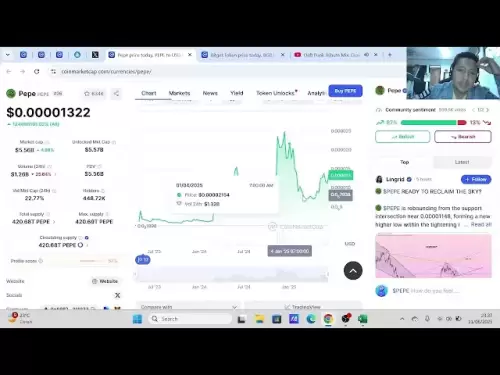

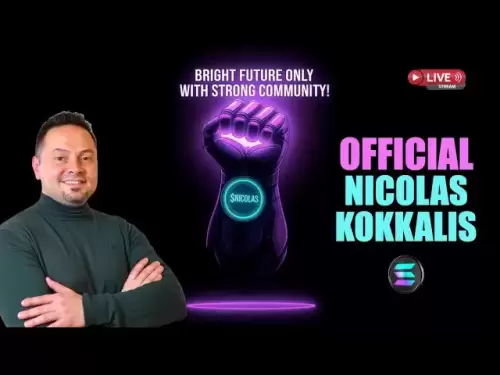

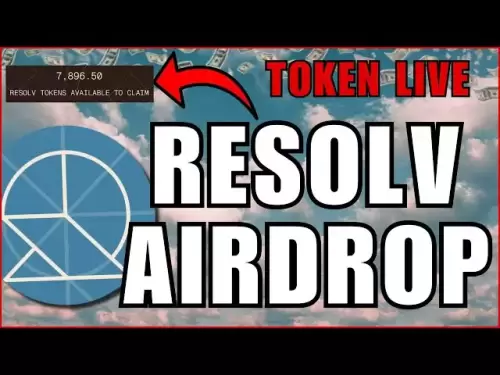
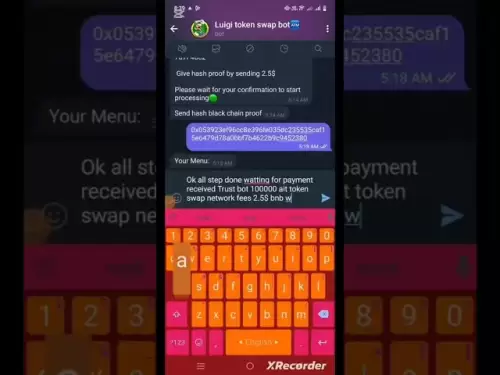

































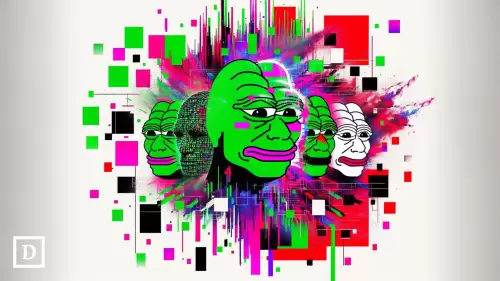

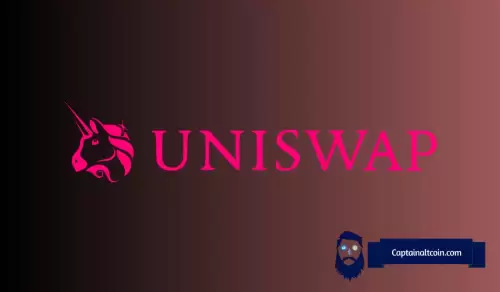
![Lido [LDO] hat einen bedeutenden Teil des Marktanteils von Ethereums [ETH] auf Ether.fi verloren Lido [LDO] hat einen bedeutenden Teil des Marktanteils von Ethereums [ETH] auf Ether.fi verloren](/uploads/2025/06/12/cryptocurrencies-news/articles/lido-ldo-lost-chunk-ethereum-eth-staking-market-share-etherfi/684a061484db2_image_500_300.webp)
